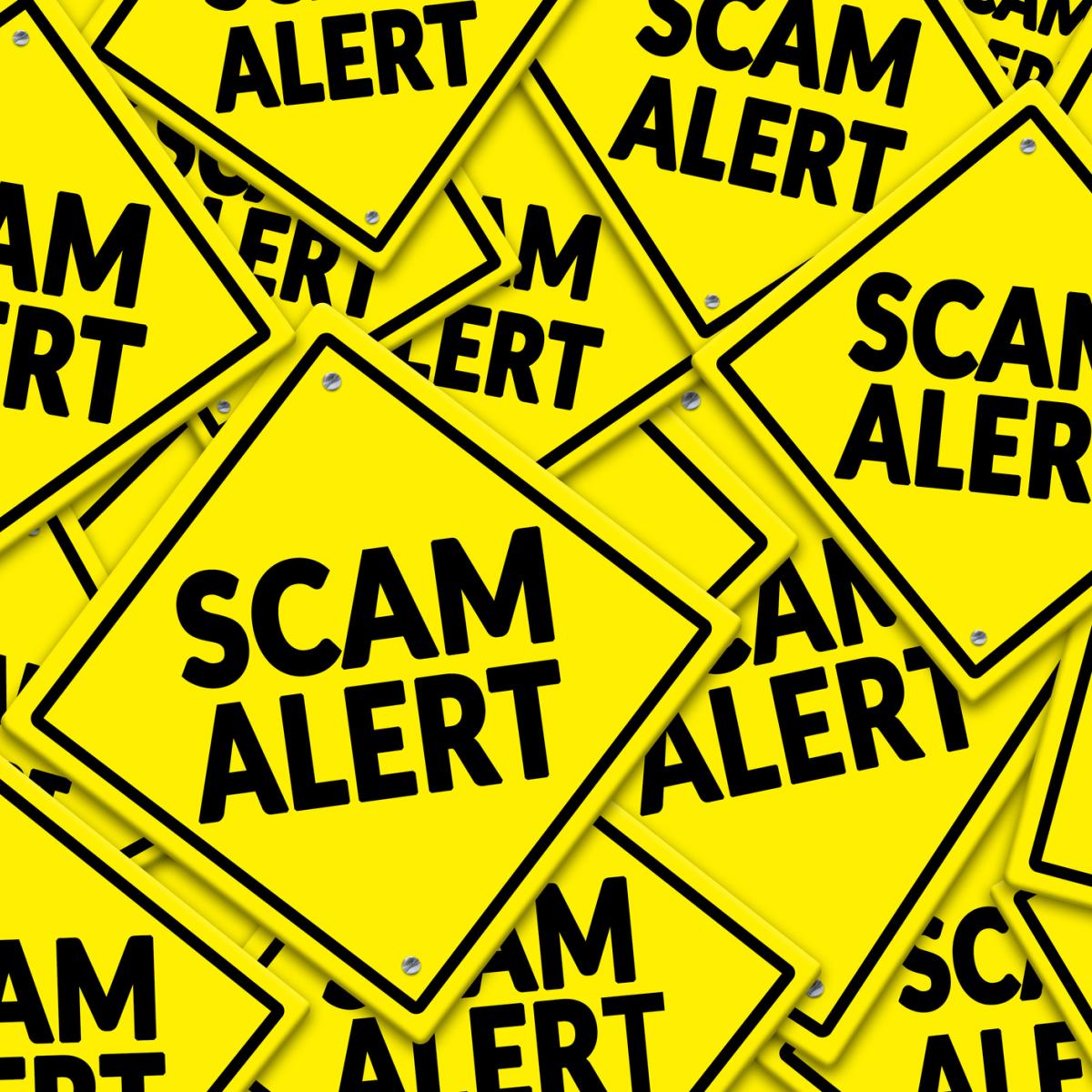
From the Eccles Building to Vegas: The Fed Enables the Worst Ponzi Schemes
It seems a short leap from Robinhood or Coinbase to a Ponzi scheme. “Investing is simple here,” Robinhood’s website leads. “Start building your portfolio with just $1.” Scroll down a bit on coinbase.com, and it says, “Take control of your money.” Charles Ponzi himself, called “a wizard of finance” in 1920, was “the discoverer of wealth and happiness.” Common folk cheered the dapper five-foot, two-inch Italian while lining up, desperate to hand Ponzi their savings and earn a 50 percent return in forty-five days.
Get-rich-quick schemes never go out of style. Robbing Peter to pay Paul excels in its simplicity. Forget gauging the winds of the markets or the bouncing ball on a roulette wheel. Phony promises work on a gullible public to this day. “We are all gamblers,” Ponzi believed. “We all crave easy money. And plenty of it. If we didn’t, no get-rich-quick scheme could be successful.”
“Get Rich Quick promoters generally take a wholesale approach to generating wealth,” Mitchell Zuckoff wrote in his book Ponzi’s Scheme: The True Story of a Financial Legend. “When critical masses of people have ostensibly prospered, their friends and neighbors come running, setting off a financial frenzy.”
In 2017, with the public suffering from the effects of the Federal Reserve’s financial repression, Las Vegas attorney Matt Beasley and former pharmaceutical salesman and mortgage loan officer Jeffrey Judd cooked up a scheme that enticed investors into funding investments in personal injury settlement contracts that offered high returns. As with all Ponzi schemes, there was the appearance of something legal, just as in the case of Ponzi, who was to trade international reply coupons, arbitraging foreign currencies with investor money.
Katelyn Newberg, reporting for the Las Vegas Review-Journal in mid-April, wrote that by March of this year “at least $449 million from more than 600 investors [had] flowed into the scheme through a Beasley Law Group bank account.” The amount of the fraud and the number of investors will no doubt increase. After all, just three weeks before Newberg reported, the scam totaled $300 million.
The number of lawsuits will continue to grow as duped investors sue promoters who sold them on the phony settlement contracts. Ponzi schemes, since the days of Ponzi himself, metastasize through the use of promoters, who take a cut of the return to funnel more money into the scheme. What begins as a 50 percent return is trimmed to 40 and eventually to 7.5 percent as more sales commissions are paid.
The confident Ponzi even panicked when luring his first investor, Ettore Giberti, a conservative grocer. What it took to land the Giberti was making the grocer his first salesman at 10 percent of whatever money he brought in.
Promoters of the settlement schemes didn’t peddle the scam in dark alleys or on abandoned street corners. Most “investors” were “Mormons living across the Western U.S.,” according to the Wall Street Journal. Ben Foldy writes, “Mr. Judd and several of the marketers also identified as Mormons. In one taped chat, a marketer said he thought of spreading the investment opportunity as a way to build up the church.”
According to news reports, the church didn’t receive much, as the cash went to acquiring a private jet, millions of dollars’ worth of real estate in Nevada and Utah, and top-end cars, including a Rolls-Royce Dawn, two Bentley Continental GTs, a Porsche Taycan, an Aston Martin Vantage, and a $500,000 RV.
In 1920, Ponzi purchased a Locomobile for $1,000 cash above the $12,600 sticker price to outbid a New York financier for the fancy automobile. “For the same price a man could own twenty Model T’s, with enough change to buy a modest house,” wrote Zuckoff.
Ponzi’s scheme started in the Italian enclaves, then spread throughout Boston’s Irish, Jewish, Armenian, Polish, Swedish, and Brahmin neighborhoods.
As part of the Beasley and Judd Ponzi scheme, licensed Las Vegas CPA Mark A. Murphy instead of pushing a pencil pushed phony settlements virtually from the beginning. The canny and charming accountant has tried to get out ahead of his legal problems by suing Beasley, Judd, and their entities. In his motion, he described the scheme:
In 2017, Judd told me that he and Matthew Beasley (“Beasley”), an attorney, had started a company together where they would provide financial assistance to people who were suffering from various types of injuries in which an attorney was working toward obtaining monetary settlements from insurance companies.
A scammed investor suing Murphy (still a licensed CPA in good standing in Nevada) was promised only 7.5 percent every ninety days, meaning Murphy was skimming plenty off the top of the settlements, which all seemed to be slip-and-fall cases with $200,000 settlements. In his WSJ story, Foldy pointed out that “a study by three academics that looked at thousands of settlements … found the median post-settlement financing for a major industry lender was $6,000 per case.” Foldy wrote, “The contracts were said to provide a 12.5% payout after a loan was repaid in 90 days. They were sold as risk-free.” In the court filing against Murphy, “[Jason] Jongeward further represented that the company was at 20,000 contracts successfully closed with zero defaults.”
The State of Nevada caught wind of Murphy’s chicanery in summer 2021, putting him under investigation. This didn’t deter the accountant, as he continued to promote the settlement scheme and accept investor money until the FBI raided Beasley’s residence in March. When the agents rang his doorbell, Beasley, “in a move straight out of a Hollywood crime flick,” as the New York Post reported, put his pistol to his temple. He then swung his arm, pointing the gun at the agents, who shot him twice. He closed the door and holed up for four hours before emerging with two gunshot wounds to his chest.
Agents arrived a few days after Nate Anderson of Hindenburg Research, a Wall Street firm that investigates potential frauds at public companies, set up a sting outing Judd, Beasley, and their known confederates. (Anderson got his start investigating Ponzi schemes and worked with Harry Markopolos, Bernard Madoff’s nemesis for years before Madoff’s scheme blew up.)
A Hindenburg partner had a friend, Mark Holt, who was Judd’s classmate. “Mr. Holt, a former tech executive who now runs a private-jet charter company, told the J&J [Judd] marketers he had a large sum to invest,” Foldy wrote. “He flew to Las Vegas on a chartered private jet secretly wired by Hindenburg with microphones and cameras to meet with J&J marketers.”
Holt then spoke with Judd on the phone. The conversation was taped. Judd and his marketers had said they hadn’t had a default in sixteen thousand contracts. “Hindenburg consulted with professors who said the default rate on these types of contracts was around 1%. For J&J to have zero losses on 16,000 contracts was statistically near impossible, Hindenburg figured,” Foldy wrote.
Judd’s entity J & J Purchasing was, not surprisingly, formed in Florida. The Sunshine State is the scam capital of the country, according to the South Florida Sun Sentinel. Doreen Christensen wrote:
Of 1.4 million frauds reported to the [Federal Trade Commission], more than 210,000 consumers in Florida made complaints with losses of more than $84 million [in 2018]. That’s up from $54.7 million in 2017. Georgia and Nevada rounded out the top three states reporting fraud per 100,000 in population.
Hysterically, J & J Purchasing offered investors/promoters a “Code of Ethics and Business Conduct,” dated October 15, 2021. The company’s “mission is to operate consistent with the highest ethical business conduct both as to our relationships amongst each other, and as it relates to our investors and all Third parties. This is our commitment to our investors and ultimately to the marketplace.” And so it goes. Page after page of nonsense.
“Then, as now, nobody gave a rap for ethics.” Charles Ponzi once said. “The almighty dollar was the only goal. And its possession placed a person beyond criticism for any breach of ethics incidental to the acquisition of it.”
J & J even had the brass to put a nonsolicitation clause in the documentation. Murphy also had nonsolicitation, noncompete, and nondisclosure documentation. Most importantly, an investor was prohibited from speaking to the attorneys, plaintiffs, or defendants in any of the cases that were to be their form of payment. And there weren’t any. Due diligence was not allowed.
While J & J and Murphy were providing plenty of bogus documentation, some investors, reportedly, would receive the names of the plaintiffs and their attorneys. But eventually, when the money started really flowing and people didn’t want to miss out, nothing at all was provided.
In his affidavit, CPA Murphy swore, “Judd also told me this was not a Ponzi scheme, the investments were solid, and the business was legal.” With amazing specificity, Murphy again swore, “In total, from 2017 to March 2022, there have been more than 163 investors. I am aware of investments totaling more than $16,000,000 in contracts. Some of these contracts have just one investor and others have several.”
“Perhaps my activities were not entirely within the law,” Ponzi allowed. “But my intent was honest. I was in a critical position and I had fallen into it without any intention to do wrong…. I felt that the end justified the means, and the end, my purpose, was not dishonest.”
Lew Rockwell, writing about fraudster Bernie Madoff in 2008, explained:
There is a sense in which funny money literally drives everyone crazy, leading to what is sometimes called the “madness of crowds.” With artificial stimulation from the credit machine, multitudes are willing to believe in something that cannot possibly be true. In Madoff’s case, it was that he could, even in falling markets, earn 15–20% a year without risk.
Describing the stock market, Warren Buffett recently told his shareholders, “It’s a gambling parlor.” His partner, Charlie Munger, echoed this view. “I don’t think we ever had anything quite like we have now in terms of the volumes of pure gambling activity going on daily,” he said. “It’s not pretty.”
Ponzi schemes and stock market bubbles aren’t pretty, but they eventually end, tragically. Government Ponzi schemes—Social Security and Medicare—haven’t, yet.



